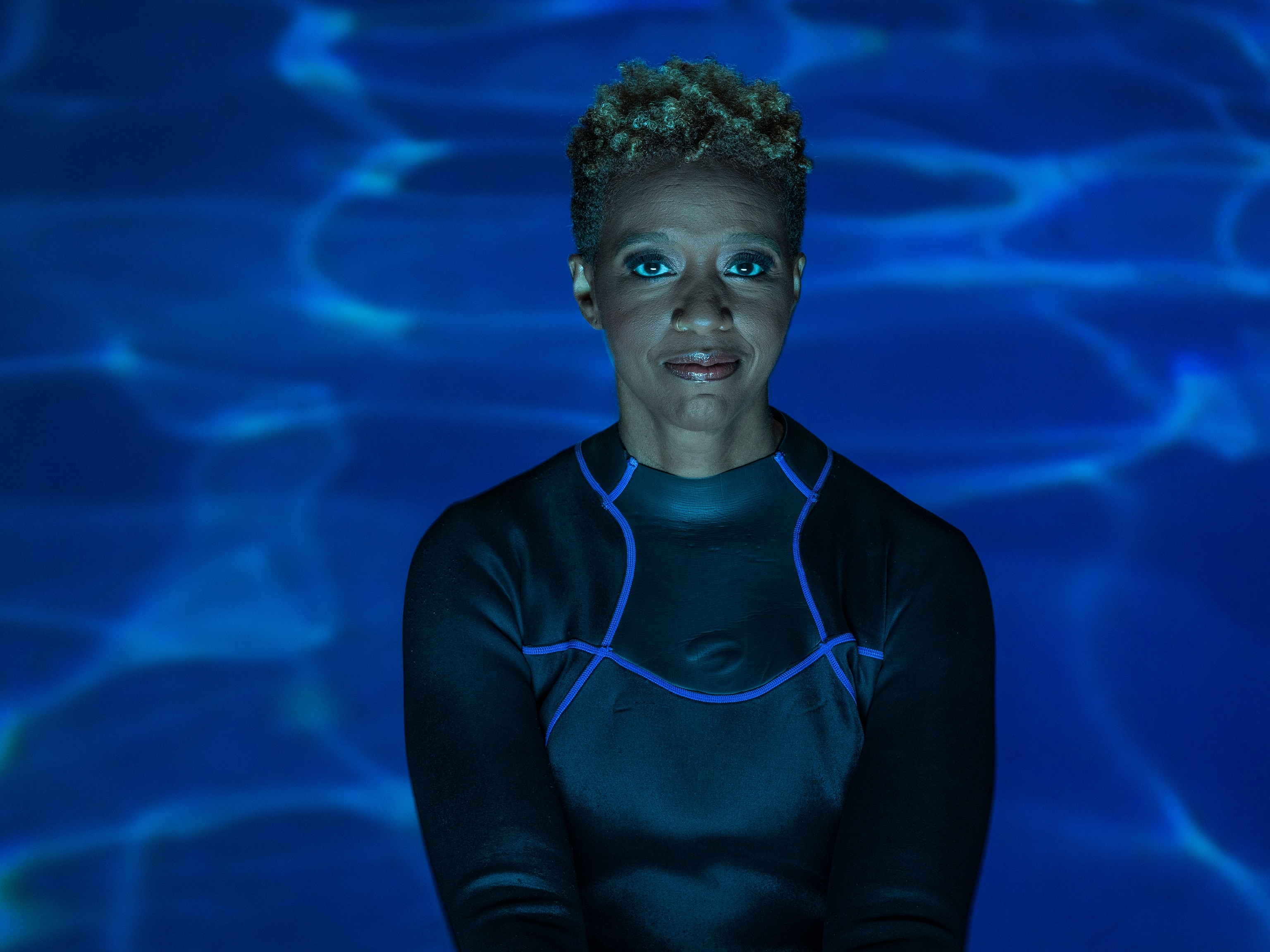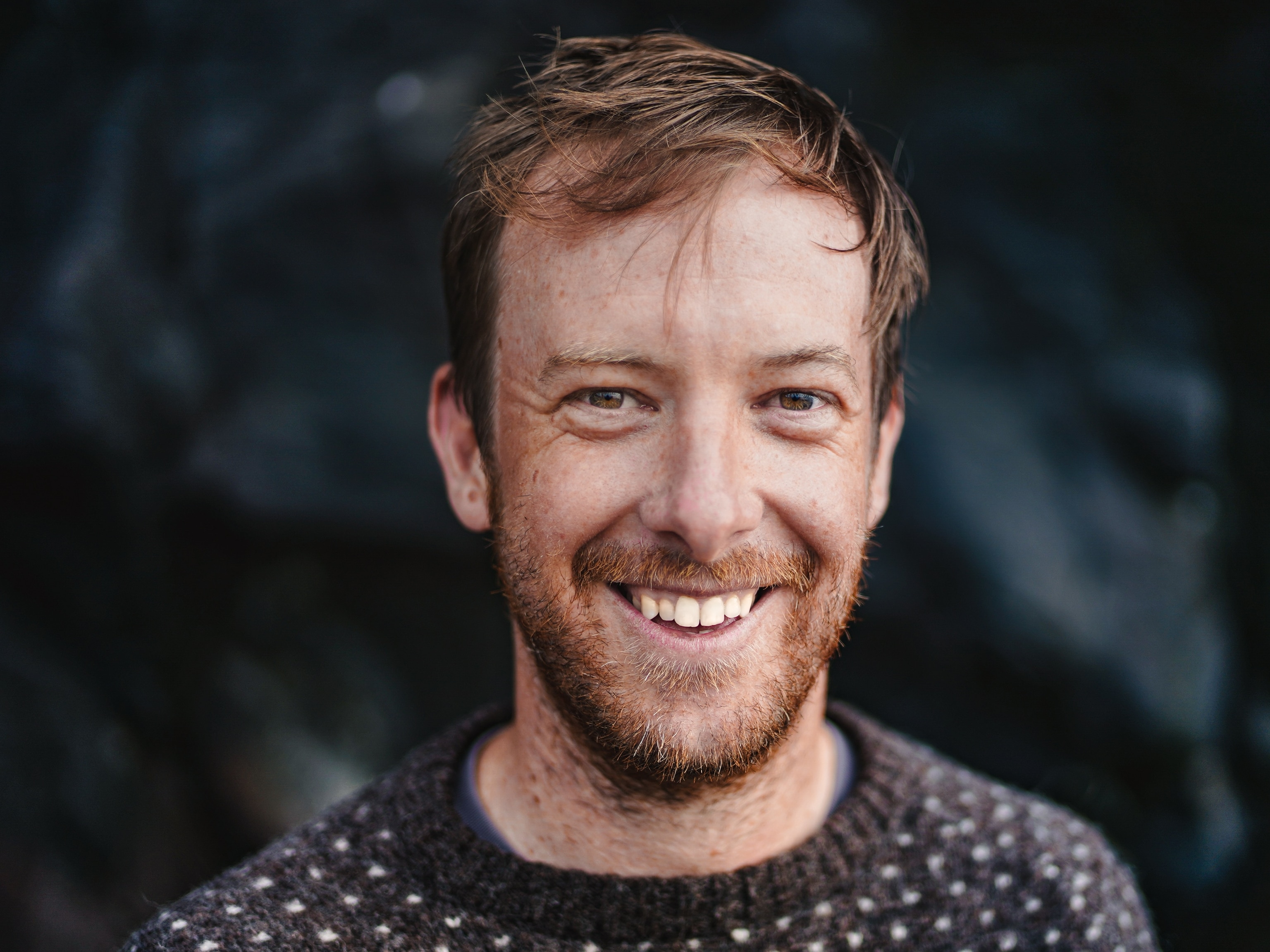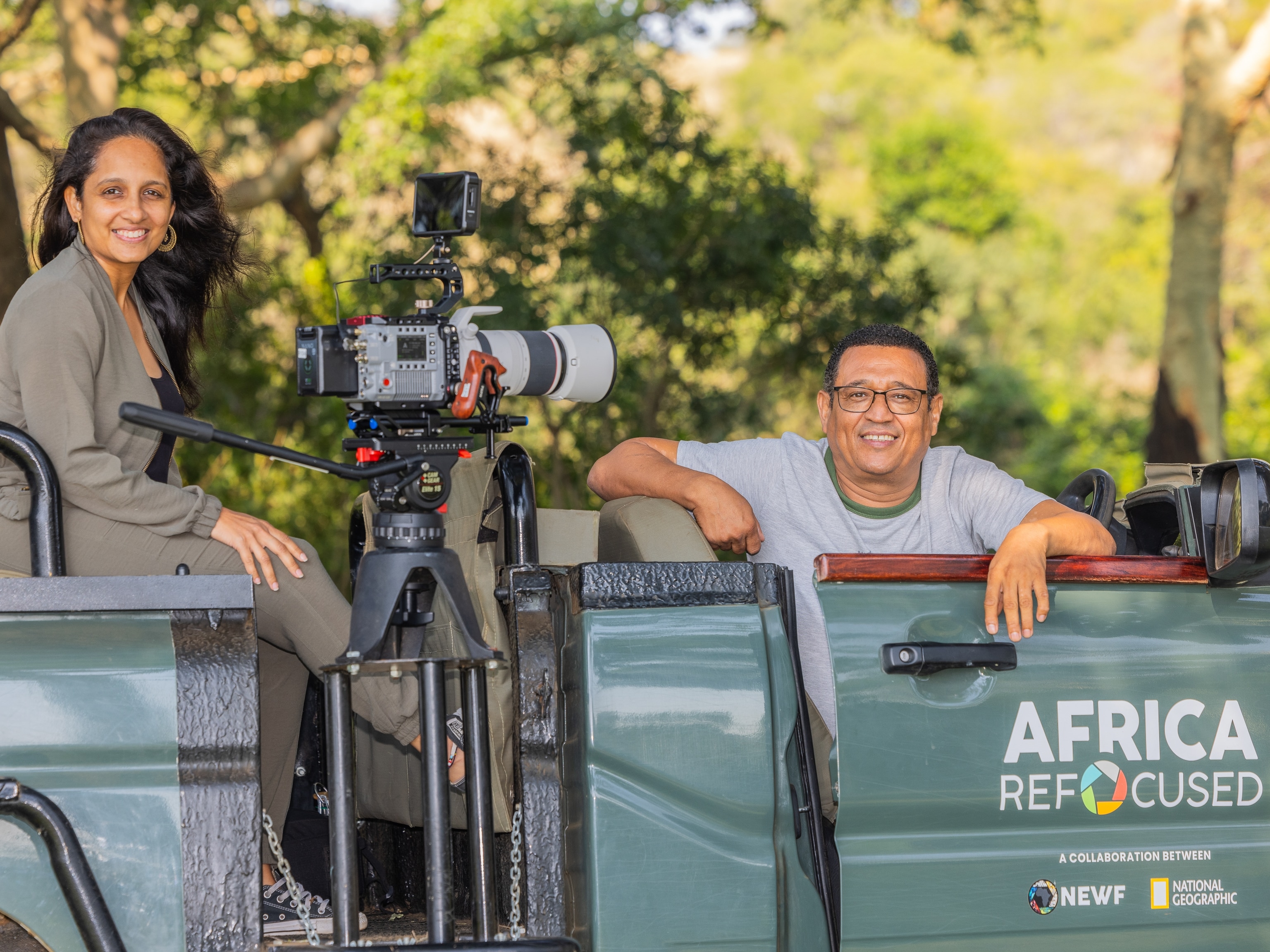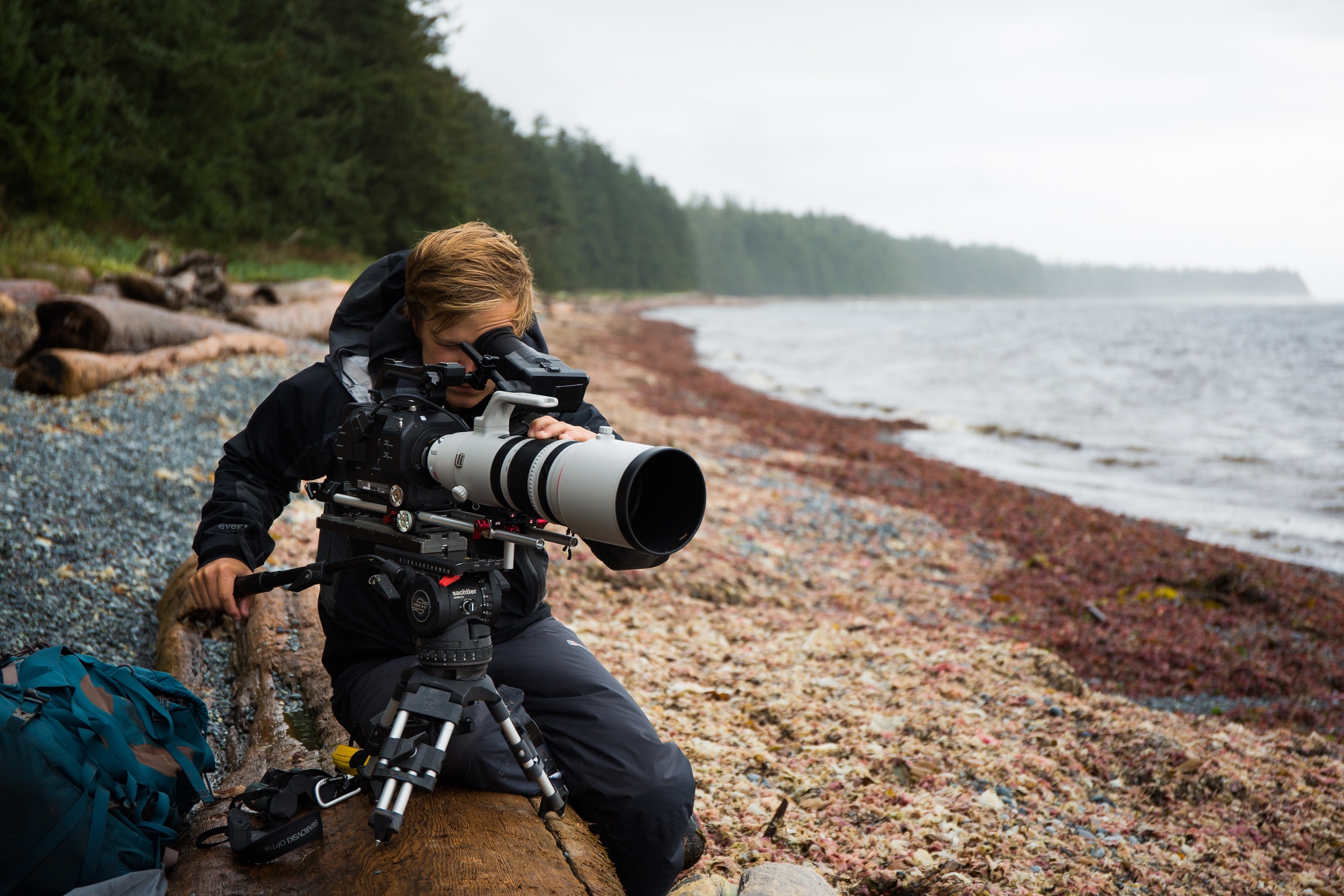
Bertie Gregory’s filmmaking offers a front-row ticket to wildlife in action
The wildlife filmmaker brings his audience along for every insightful and amusing moment of his storytelling
As Bertie Gregory remembers it, the seeds of his passion might have been sown in the fields of English farmers, near his childhood home, where an endless wildlife drama unfolded.
He recalls spending countless hours exploring, often missing family gatherings while wandering through stories written in nature. This deep fascination, and a need for an explanation to where he disappeared, eventually led him to photography.
“I found that if I took pictures of these animals I was obsessed with, it was a great way to channel my passion. I also realized photography was a great way of getting other people excited about the natural world.”
Now, as a renowned wildlife filmmaker, photographer and presenter, the National Geographic Explorer and 2025 Rolex National Geographic Explorer of the Year alongside fellow Explorer Pablo “Popi” Garcia Borboroglu has taken viewers with him through his candid and engaging storytelling for over a decade.
For his most recent project, he’ll lead National Geographic’s three-part documentary series, “Secrets of the Penguins,” premiering on National Geographic Channel on April 20 and available on Disney+ on April 21.
Executive-produced by National Geographic Explorer at Large and award-winning filmmaker James Cameron, and featuring fellow Explorer, scientist and conservationist Borboroglu, the series unveils the fascinating behaviors of penguins, from emperor penguins’ revelatory bonds of friendship to the gritty resolve of gentoos and rockhoppers and the astonishing ingenuity of the migrant penguins that reached deserts and far beyond. Through below zero temperatures, hurricane-like winds and encounters with apex predators, these birds show remarkable survival techniques. Gregory has been along to witness it all.
“I spend my entire life trying to sneak up on shy animals,” Gregory narrates in the series trailer. “These penguins are definitely different.”
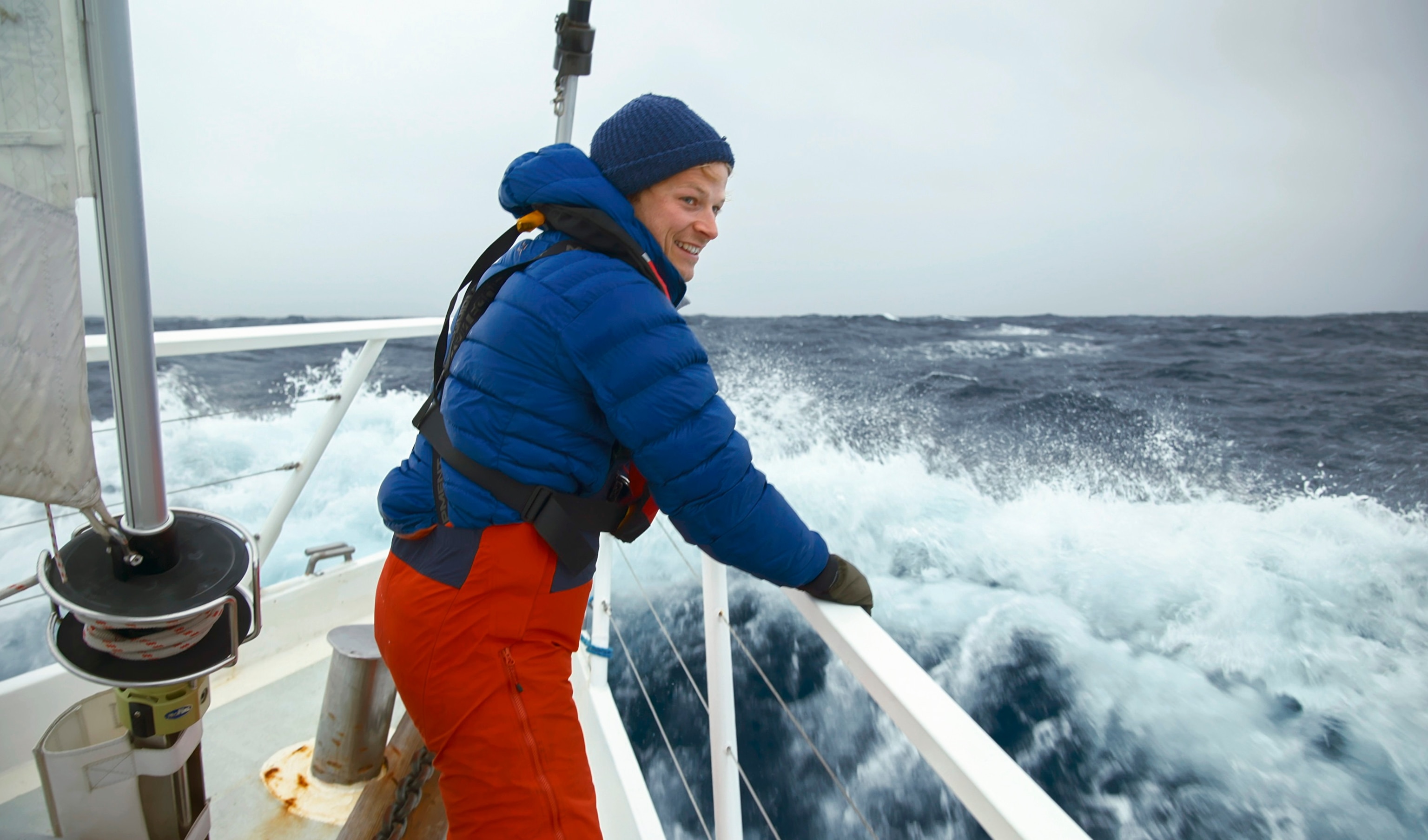
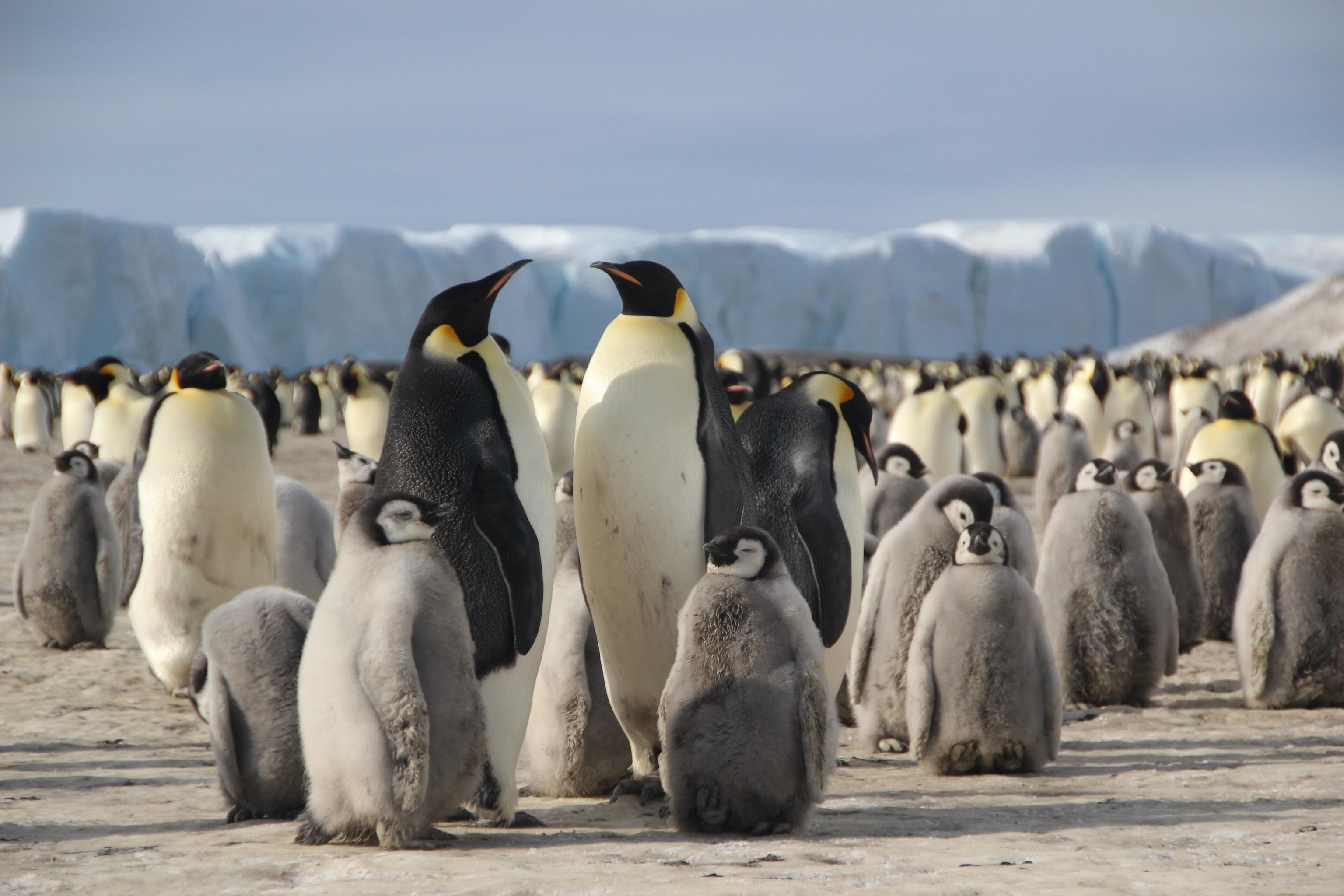
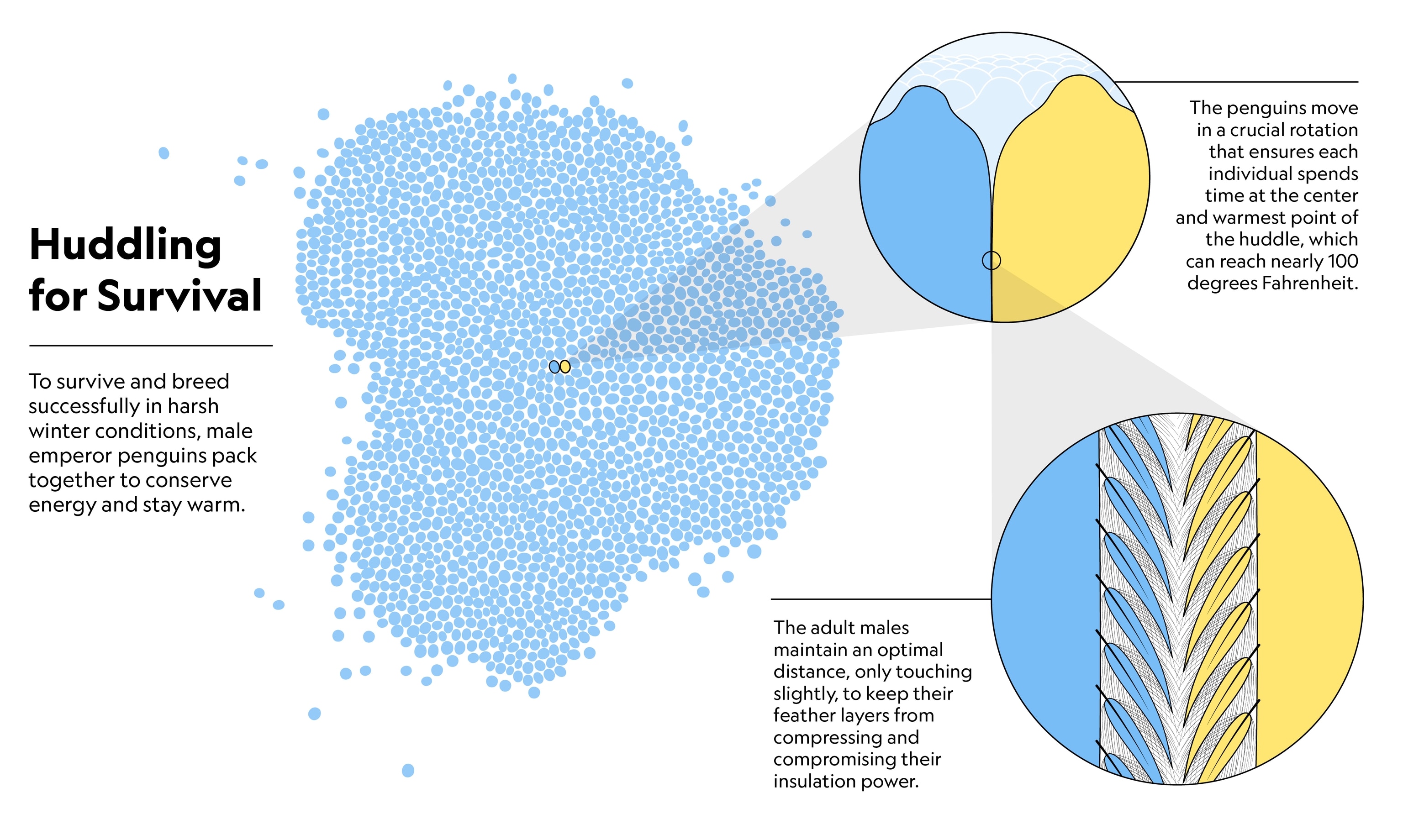
It’s far from his first time filming in extreme conditions, with eight Antarctic expeditions under his belt. In 2021, he led a team to Antarctica’s Elephant Island. The remote location, infamous for the Endurance’s tragic fate, was rumored to host a massive gathering of fin whales. The species was decimated during the whaling era, but Gregory and his team uncovered a story of possibility.
After six weeks of brutal weather — with only six days suitable for filming (even calm days saw 25-knot winds) — they documented an unprecedented sight: 300 fin whales, the largest gathering ever filmed, feeding on krill within a few football fields expanse. “This particular day, all I could see on the horizon were just hundreds of cannons going off. It looked like an old sea battle, and it was the 20-foot-high blows of the whales,” Gregory recalls.
“Towering blows that were backlit by the rising sun. The horizon was just like party poppers.”
The resurgence is a testament to the 1980s whaling moratorium, explains Gregory, and offers a rare story of hope. New science has underscored whales’ vital role in carbon sequestration, with a single whale equaling 30,000 trees.
“It’s perfectly possible that some of the whales I was diving with were alive when our species was trying to hunt them to extinction,” says Gregory. “Everywhere wildlife is on the back foot but with these fin whales it’s one of the only places in the world where it hasn’t been better in 100 years. The sighting was caught on camera for National Geographic’s “Epic Adventures with Bertie Gregory.”
Wildlife will come back on an unbelievable scale if you give it the chance, and that’s great news for wildlife and great news for us as well.
Gregory is clear on his perspective about facing danger in his work: “It’s not about being reckless or an adrenaline junkie, it’s just about expanding your comfort zone.” Yes, he’s dived alongside one of the biggest schools of hammerhead sharks ever recorded, and stood feet away from packs of wolves, but it’s not the animals he’s worried about.
“On a shoot the most dangerous species we encounter is always humans. Whether directly dangerous or a human misinterpreting wild animal behavior and putting us and the animal in a difficult situation. You’ve got to be so unlucky to have an unsolicited attack by a wild animal.”
“Controlled suffering” is how he describes wildlife filmmaking. “You just need to be good at being cold and miserable,” and he emphasizes the value of failure. “The failures are just as important as the successes. Sometimes we just fail and we make a show about that.”
This resilience, he believes, was partly honed through his family’s love of water sports. “I think when you spend the amount of time I did bobbing up and down on a surfboard off the coast of Cornwall, being cold and having waves break on your head, you gain an appreciation for the outdoors.”
Early photography eventually led Gregory to National Geographic photographer Steve Winter, who offered him an assistant role. At 20, Gregory joined Winter documenting leopards in South Africa, Mumbai and Sri Lanka which resulted in a Nat Geo WILD special.

Gregory recalls that at the time, Winter flashed his iconic photo of a mountain lion in front of the Hollywood sign to him one night, before it was published. It further fueled his interest in urban wildlife, particularly the peregrine falcon, his favorite animal.
He sees the potential of urban wildlife as a way to reconnect people with nature. “I discovered that if you look hard enough, you can have a wildlife experience in a city that’s just as wild as anywhere else.”
In 2015, Gregory became an Explorer. His 16-part online wildlife series, National Geographic’s first-ever of its kind, documented elusive coastal wolves of Vancouver Island. He went on to work for the BBC’s Natural History Unit, shooting for David Attenborough’s “Seven Worlds, One Planet,” and later returned to produce and host subsequent seasons of the online series before developing the streaming shows “Epic Adventures with Bertie Gregory,” and “Animals up Close with Bertie Gregory.”
The award-winning filmmaker is motivated by storytelling’s conservation impact. His drone imagery of bats and their habitat loss in Zambia’s Kasanka National Park, for example, was used in courts to push back against destructive agriculture projects.
“One thing I’m really keen on now is making sure that every project, in addition to contributing towards the general public’s appreciation for nature and their awareness of environmental issues, also has some quantifiable impact alongside that,” says Gregory.
He hopes his work entertains and inspires, encouraging viewers to engage with and protect nature.
“Wildlife will come back on an unbelievable scale if you give it the chance, and that’s great news for wildlife and great news for us as well.”
ABOUT THE WRITER
For the National Geographic Society: Natalie Hutchison is a Digital Content Producer for the Society. She believes authentic storytelling wields power to connect people over the shared human experience. In her free time she turns to her paintbrush to create visual snapshots she hopes will inspire hope and empathy.

